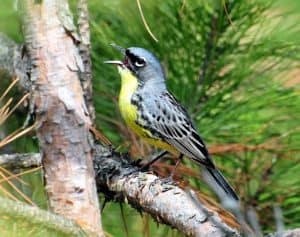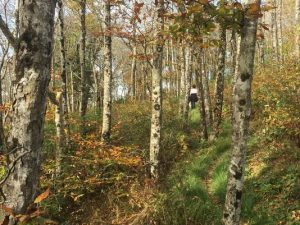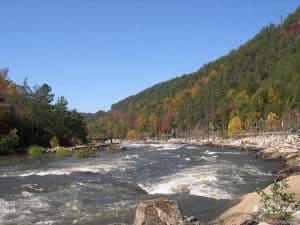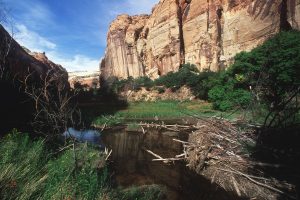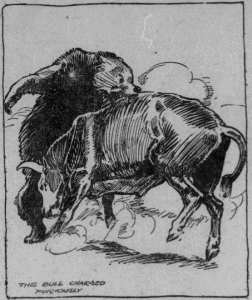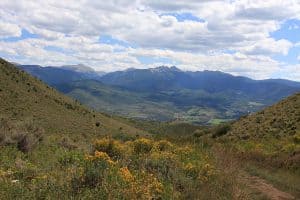This cave-roosting nectar-feeding bat was listed as endangered in 1988, and has just been delisted. According to the U. S. Fish and Wildlife Service:
The primary concern regarding future viability of this subspecies continues to be roost site disturbance or loss. This is primarily an issue related to human activities and destructive actions at these roost sites.
One of the three recovery criteria is “Protect Roost and Forage Plant Habitats.” In its final delisting rule, the FWS cites the recently revised Coronado National Forest Plan as an existing regulatory mechanism that would protect the species (one of the 5 factors to be considered in listing a species, and a key one for this species):
More than 75 percent of the range of this species in the United States is on federally managed lands and these federal agencies have guidelines and requirements in place to protect lesser long-nosed bats and their habitats, particularly roost sites… If the lesser long-nosed bat is delisted, protection of their roost sites and forage resources will continue on Federal lands because agency land-use plans and general management plans contain objectives to protect cave resources and restrict access to abandoned mines, both of which can be enforced by law enforcement officers. In addition, guidelines in these plans for grazing, recreation, off-road use, fire, etc., will continue to prevent or minimize impacts to lesser long-nosed bat forage resources. The Coronado National Forest’s 2017 Land and Resource Management Plan (LRMP) includes standards and guidelines to retain and enhance areas with paniculate agaves in order to benefit the lesser long-nosed bat.
Federal land management plans directly address the main threats to the species, providing assurance that improving trends in population numbers would continue, and allowing delisting to be warranted. Recovery of listed species should be an important goal for plan components in revisions of the rest of the national forest plans. (Even where the value of a species is not as obvious as being “vital to the tequila industry.”)

